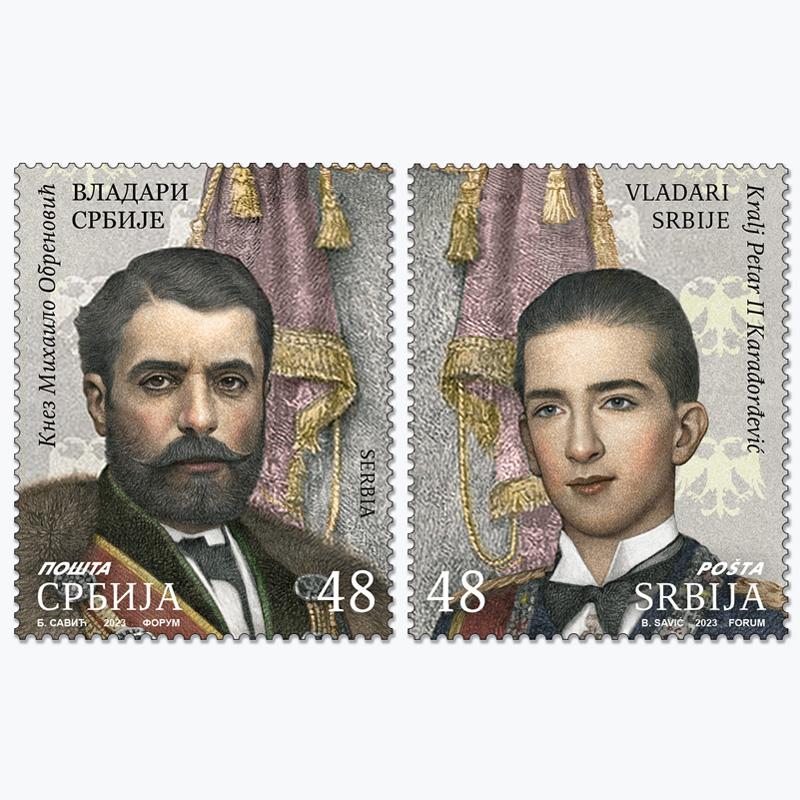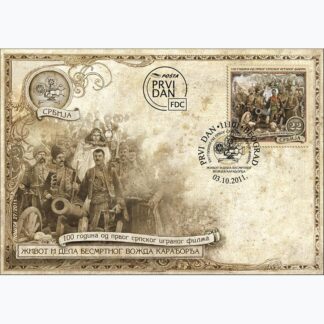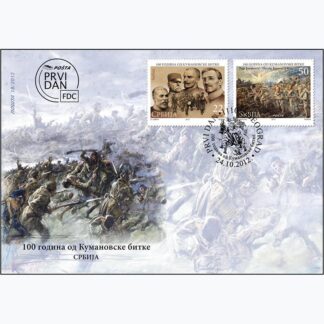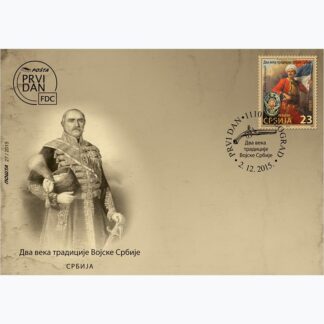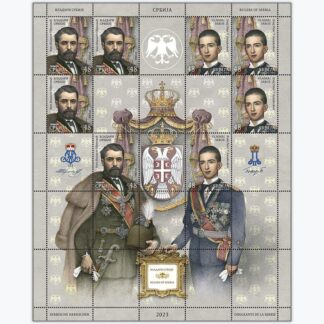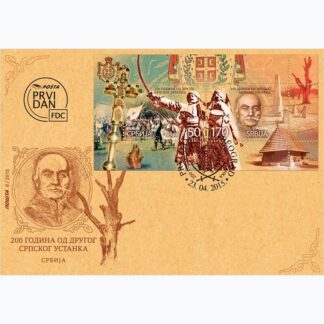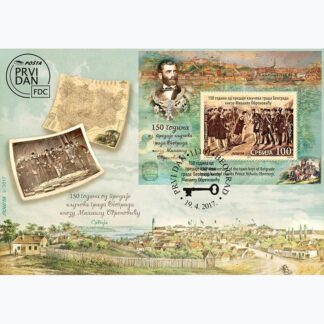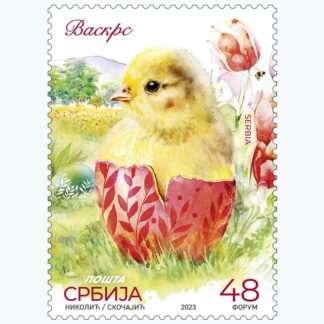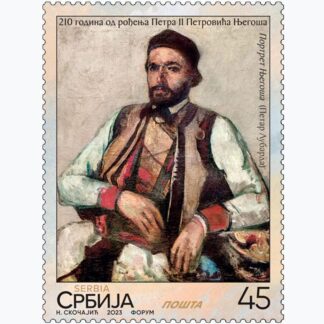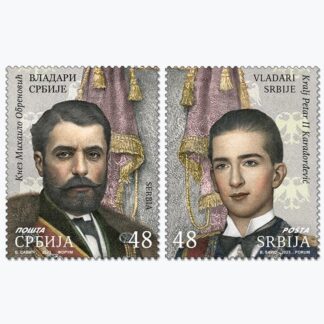Description
In its rich and long history, Serbia had a large number of rulers who significantly influenced the development of Serbian society and the state. Over the centuries, Serbia was led by folk’s people, who not only rose to the level of ruling exceptionalism, but managed to achieve it in generational continuity, which justifies the fact that today we can be proud of as many as three ruling dynasties that came from the Serbian people. The two great jubilees that we are celebrating in 2023 in honour of the birth anniversaries of two important rulers who came from the Obrenović and Karađorđević families are an opportunity to celebrate not only the lives and achievements of these two great men of ours, but above all to celebrate the rich history of Serbia that unites us all.
Mihailo Obrenović (September 4, 1823, Kragujevac – May 29, 1868, Belgrade) was the prince of Serbia from 1839 to 1842 and from 1860 to 1868. A mature and educated statesman, Prince Mihailo devoted himself to economic reforms and modernization of the Serbia. He managed to arrange for the departure of Turkish military crews from all cities in Serbia, and during his reign, a whole series of laws modeled after European ones were adopted, among others the Law on Posts in 1866. The Prince himself also initiated the establishment of the National Theatre in Belgrade in 1868. He was killed in an assassination attempt on Košutnjak on May 29, 1868.
Petar II Karađorđević (Belgrade, September 6, 1923 – Denver, November 3, 1970), the first son of King Alexander I and Queen Maria, ascended the throne as a minor, after the assassination of King Alexander I in Marseilles, on October 9, 1934. During one of the most difficult periods in the history of our nation, he supported the people’s desire for freedom and opted for the ideals of anti-fascism and independence. In the whirlwind of war, he was, like many other European crowned heads who opposed the Nazi aggression, forced to leave his homeland and transfer the torch of freedom and independence to the allied territory in London. After the abolition of the monarchy in Yugoslavia, he was not allowed to return to the country, and his earthly remains were transferred in 2013 to the church of St. George in Oplenac.
Artistic realization of the issue: Boban Savić MA, academic painter
